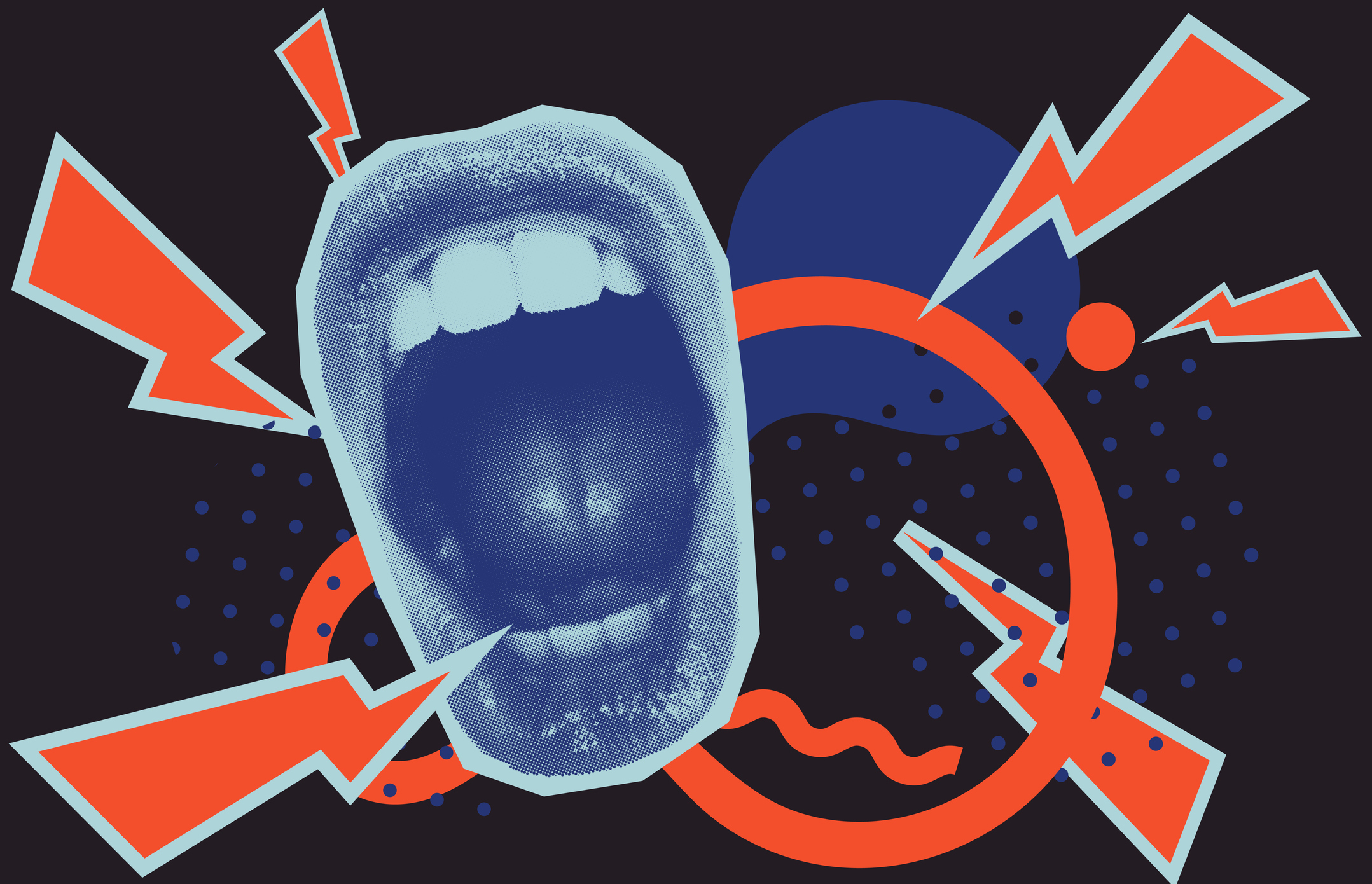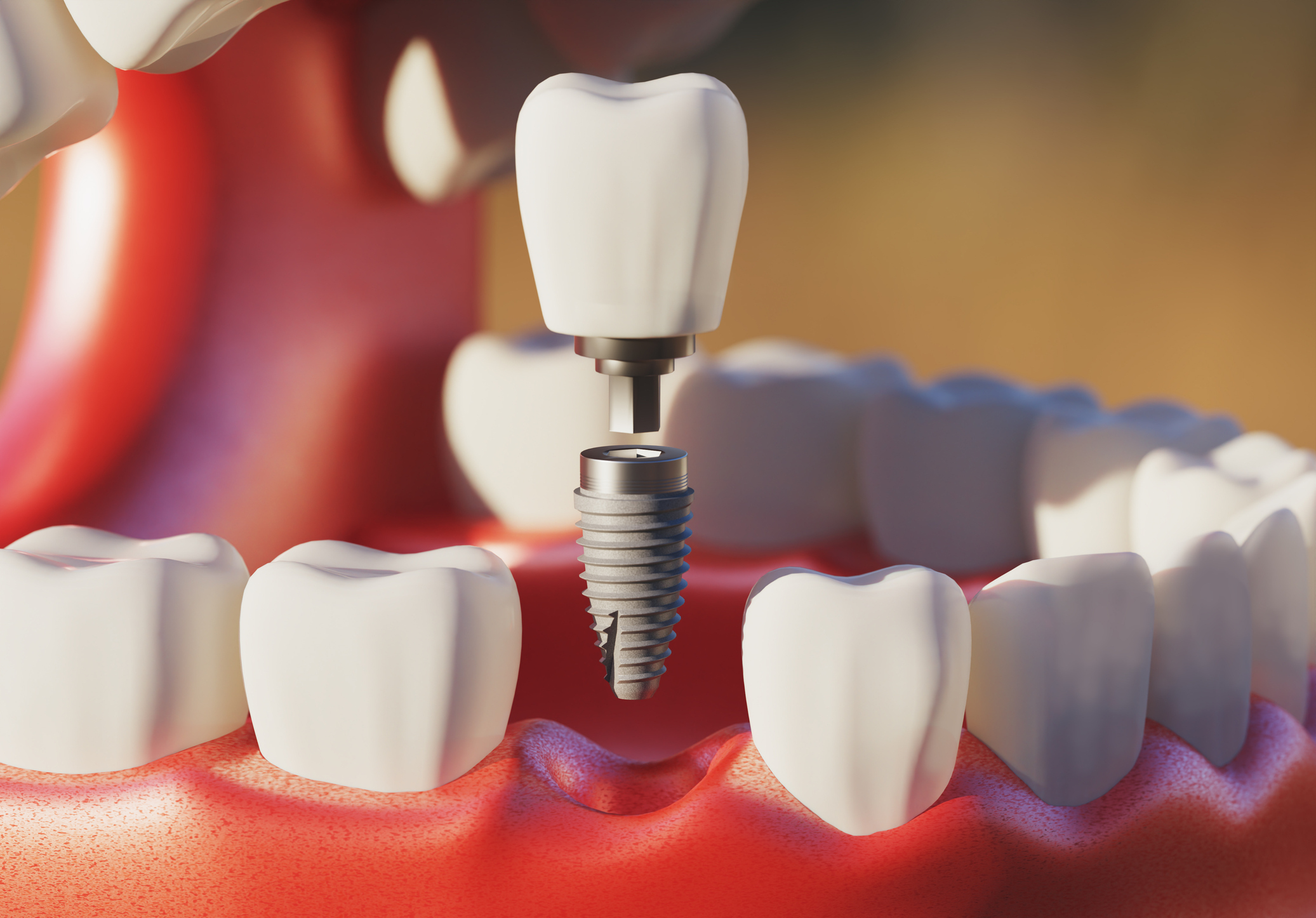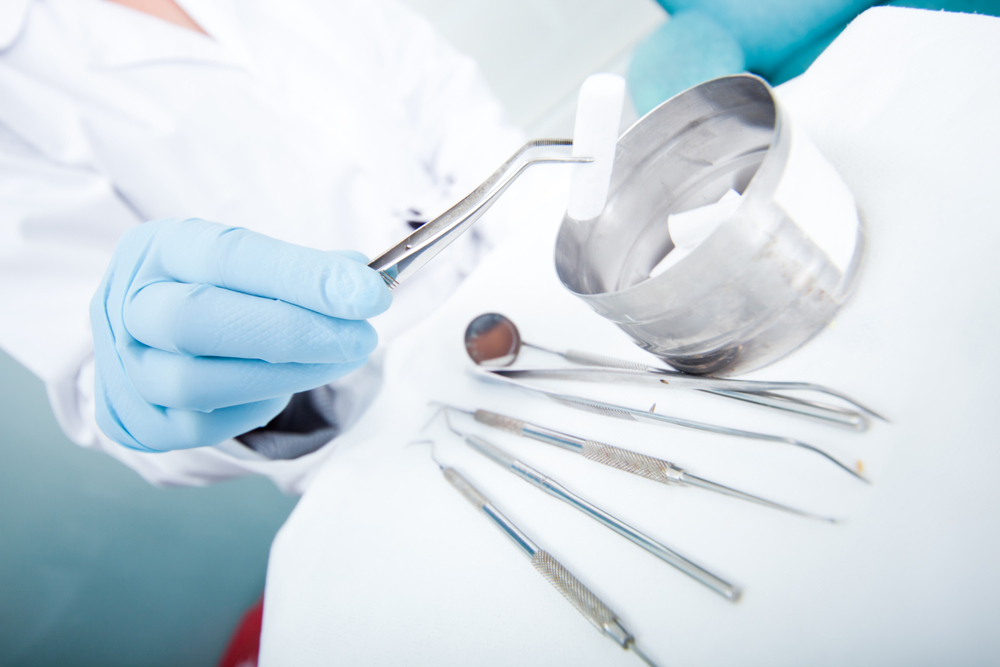Some 6 million people in the United States have been diagnosed with the silent but potentially serious condition of sleep apnea, but doctors fear that the disorder is suffered by about 30 million and that number keeps growing.
“This hasn’t improved with the pandemic either with many people experiencing less sleep because of altered life and work routines as well as higher stress levels,” wrote Sara Berg, senior news writer for the American Medical Association. “And with long COVID further exacerbating underlying conditions such as obstructive sleep apnea, it is important for patients to understand what is at stake.”
Sleep Apnea is Hard to Self-Diagnose
The condition, in which breathing repeatedly stops and starts while sleeping, is hard to self-diagnose, with many times a partner being the first to alert someone to the troubling issue.
“If you snore loudly and feel tired even after a full night’s sleep, you might have sleep apnea,” warns the Mayo Clinic. “If you think you might have sleep apnea, see your health provider.”
The Sleep Foundation and the Mayo Clinic say that people suffering from sleep apnea can face a bevy of symptoms including:
- Snoring, especially loud snoring
- Gasping for air while sleeping
- Insomnia or difficulty staying asleep
- Morning headaches
- Awaking with a dry mouth
- Tiredness during the day
- Irritability
- Trouble focusing or paying attention while awake
“Usually, sleep specialists first prescribe non-invasive treatments for sleep apnea, like continuous positive airway pressure (CPAP) therapy or oral devices. When non-invasive treatments are not successful, sleep specialists might recommend surgery,” says the Sleep Foundation.
The Different Types of Sleep Apnea
There are several different types of sleep apnea, according to the Mayo Clinic, including:
- Obstructive sleep apnea (OSA): This is the most common form of sleep apnea and occurs when a person stops breathing during sleep because their airway becomes partially or completely blocked. OSA occurs when throat muscles relax and block the flow of air into the lungs.
- Central sleep apnea (CSA): A less common form of sleep apnea is CSA when a person stops breathing during sleep due to a problem with the signals sent from the brainstem to the muscles that control breathing.
- Treatment-emergent central sleep apnea: Also known as complex sleep apnea, this happens when a patient with a sleep study-diagnosed OSA converts to CSA while receiving therapy for the OSA.
10 Things Your Doctor Wants You to Know About Sleep Apnea
For a disorder that happens normally in the dead of night, there is an understandable shroud of mystery surrounding sleep apnea.
The AMA queried medical professionals to come up with these 10 things doctors wished their patients knew about sleep apnea:
- Sleep apnea develops over time: Most people start out with a normal apnea-hypopnea index of 5 or less per hour, meaning that their airway completely collapses or partially collapses five times or less each hour during the night. As some patients age, especially if they put on weight, they may have 5 to 7 episodes of sleep apnea per hour. Many times, older patients blame their tiredness on aging when sleep apnea is the culprit.
- Your oxygen level drops: When your airway becomes closed off or narrowed during sleep, your oxygen level drops, alerting the brain, which then wakes you up. If your hourly rate of hypopnea is 5 or more a night then you likely have OSA.
- Bed partner is the first to notice: Some people may notice themselves waking up at night with a gasping or choking sensation, or may feel overly tired in the mornings, but those with bed partners usually are the first to notice.
- Sleep apnea is linked to obesity: The rise in obesity and sleep apnea in the U.S. may go hand-in-hand. Overweight patients may suffer more airway collapses, which in turn leads to poor sleep and then to insulin resistance rising which can lead to eating more of the wrong foods and thus even more weight gain.
- Don’t fixate on sleep apnea: Some patients fixate on their sleep apnea, which could be mild or moderate, which can lead to psychophysiological insomnia where you lose confidence in your ability to sleep well.
- There are health complications: The doctors said that they are worried about the heart and brain health because if patients do not do a good job of controlling their sleep apnea and the lack of oxygen, they can see more heart attacks and more strokes. Other studies show possible links between poor sleep and dementia, while there can be a correlation between sleep apnea and the risk of high blood pressure and type 2 diabetes.
- Try a CPAP solution: The most common type of therapy is positive airway pressure (PAP) therapy, known as continuous positive airway pressure (CPAP) therapy because a set pressure of air is sent through the back of the nose into the back of the throat and into the upper airway, helping prevent collapse during sleep.
- Oral appliance therapy can also help: Besides CPAP therapy and surgery options, there also is oral appliance therapy (called mandibular advancement device) for those with mild to moderate apnea. This custom made and fitted device can also help with snoring.
- Home sleep testing is very effective: While many patients are diagnosed in laboratory sleep tests, home sleep testing can be effective but the doctors warn that such tests can return false negatives about 15 percent of the time.
- Get help if you do not feel rested: If you do not feel ready to take on the day after 7 to 8 hours of sleep, that is a warning sign that something is not right with your sleep routine. When in doubt, seek medical advice from a professional.
Different Types of Surgery for Sleep Apnea
There is not a single type of surgery for sleep apnea, but many different procedures depending on the patient’s anatomy and what is causing the airway blockage.
“Surgeries for OSA primarily involve reducing physical blockages, for example by removing tissue or adjusting placement of the jaw or tongue,” says the Sleep Foundation. “Because CSA-related lapses in breathing are not caused by physical blockages, surgeries for OSA would not work as a CSA treatment. However, there is one surgical procedure available for people with CSA that involves electrically stimulating a nerve that leads past the lungs to the diaphragm.”
The Sleep Foundation says that some patients may have a nasopharyngoscopy (procedure where a flexible scope is inserted into the nose and throat to look for causes of blockages) or a sleep endoscopy (scope inserted into the nose and throat while a person sleeps) as part of their diagnosis.
CT scans, MRIs, and x-rays may also be deployed by your doctor when exploring your sleep apnea.
Surgical options, according to the Sleep Foundation, can include:
- Mouth, throat, and windpipe surgeries: Options for treating the pharynx (mouth and throat) or trachea (windpipe) include:
o Uvulopalatopharyngoplasty (UPPP) or Upper Airway Surgery – This is the most common surgery for OSA and involves removing or shrinking parts of the tonsils, uvula and soft palate The soft palate contributes to airway blockages in 9 out of 10 people with OSA.
o Tonsillectomy: Tonsil removal is a standard treatment for children with OSA. It can be performed along with an adenoidectomy (removal of the adenoids).
o Tracheotomy: Reserved for when a patient’s life is at risk as it involves inserting a breathing tube in a hole in the neck.
- Jaw surgery: Maxillomandibular Advancement surgery can help treat OSA. In this procedure the upper airway is made larger by surgically moving a person’s jaw forward, thus opening up space in the throat near the tongue and soft palate. In bimaxillary advancement surgery, both the upper and lower jaw bones are moved forward.
- Tongue surgeries: There are several tongue surgeries that can be used for OSA when the tongue contributes to sleep apnea:
o Genioglossus Advancement – The genioglossus muscle (GGM) that protrudes the tongue forward is moved forward in this surgery.
o Midline glossectomy – Tongue base reduction involves removing tissue from the base of the tongue to open the airway.
o Hyoid suspension – The hyoid bone, which connects to the tongue muscles, is moved to help move the tongue and open the airway.
- Nasal surgeries: Research is mixed on nasal surgeries and sleep apnea, but some patients have the following performed:
o Rhinoplasty – Surgery alters the shape of the nose.
o Septoplasty – Surgery straightens the septum, the bone and cartilage dividing the nostrils.
o Endoscopic sinus surgery – Removes the tissue inhibiting sinus drainage.
o Nasal valve surgery – Keeps nasal passage open at its narrowest point.
o Turbinate surgery – Shrinks or removes bony structures in the nose called turbinates.
- Nerve stimulation surgeries: Those with CSA may opt for nerve stimulation surgeries which included:
o Hypoglossal nerve stimulation (HNS) – Also known as Upper Airway Stimulation, a device is surgically implanted that feeds an electrical current to the tongue, causing it to move forward and help clear the airway.
o Transvenous phrenic nerve stimulation (PNS) – An implant electrically stimulates the phrenic nerve which connects to the diaphragm and helps regulate breathing.
Contact the oral surgeons at Northwest Oral & Maxillofacial Surgery to go over your options for treating sleep apnea and any surgical procedures to correct the condition.







